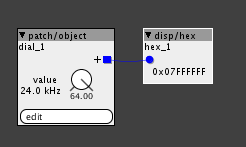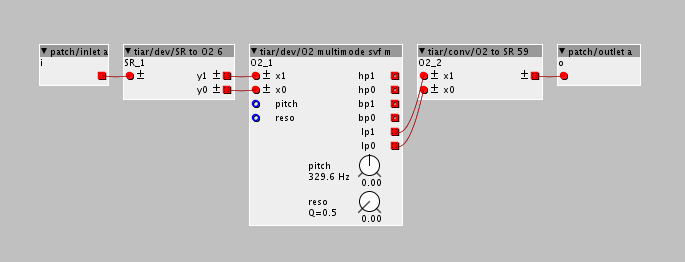Thanks Remco, been at your ParaEQ almost all day, the explanation was clear and understood.
Gotta be brutally honest though, it really doesn't do what I'm expection it to do, and actually, it's way more sophisticated than I need which might be part of the problem. I don't know why, but all of the EQ's I try seem very weak. I don't know if it's just an accepted way of designing them among the coders of the forum, but there's something lacking somewhere for some reason.
No matter what I try, whether I patch something up myself, or use a ready made EQ such as yours, I feel like I'm twiddling knobs and it's just not doing what it's supposed to do, and even when it does, there's barely anything happening, no satisfaction.
Let me explain a set of ideal objects to you then maybe you'll see what I'm getting at.
Three independent objects:
- LP filter with cutoff, resonance, and bipolar gain.
- BP filter with cutoff, resonance, and bipolar gain.
- HP filter with cutoff, resonance, and bipolar gain.
- Each filter type has an inlet for cutoff, resonance, and bipolar gain.
- No toggle on any of the filters, because a bipolar dial should be capable of positive and negative gain.
Those three independent EQ objects would allow the construction of a complete EQ quite easily, no matter what the configuration. And because each object in the set is not a complete EQ on it's own, it's possible to pick and choose which one is needed when using them in other situations where only one stage is required.
I feel like such a set of objects is the only way I'm ever going to get the type of EQ I want out of Axoloti, so if you're looking to add more objects to your contribution thread, please, it would be very cool to have that set of objects exactly as specified, nothing more, nothing less, no presets or any other functions whatsoever.
Basically, just purpose-built, independent EQ stages with inlets 



 perhaps get your (or a friends) dog to help out
perhaps get your (or a friends) dog to help out 



